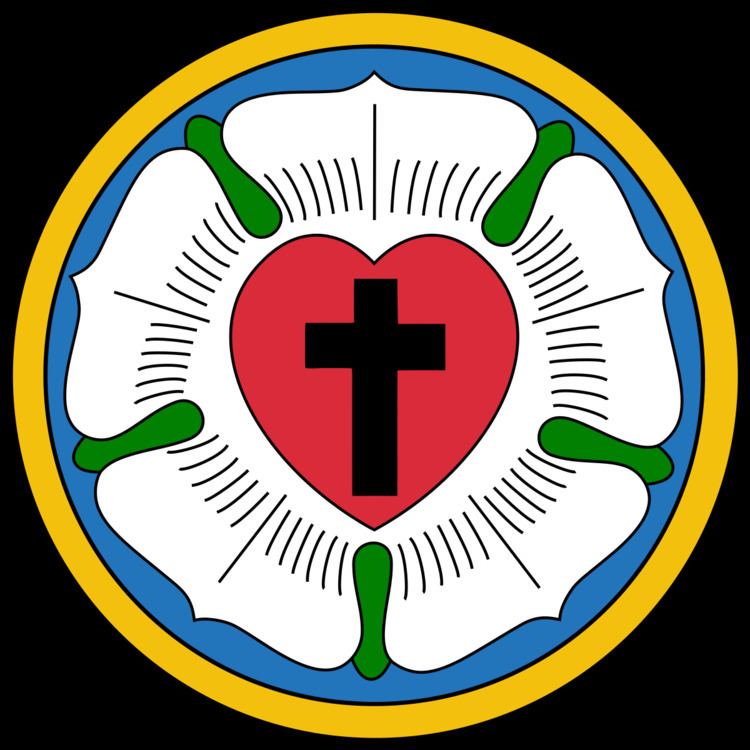 | ||
Deutsche Messe, or The German Mass, (Deutsche Messe und Ordnung des Gottesdiensts) was published by Martin Luther in 1526. It followed his Latin mass, Formula missae (1523). Both of these masses were meant only as a suggestion made on request and were not expected to be used exactly as they were, but could be altered. The function of the mass, according to Luther, is to make people hear the word.
The German Mass was completely chanted, except for the sermon.
Order of Luther's Deutsche Messe
A Spiritual Song or a Psalm in GermanKyrie eleison (three fold)Collect (read facing the altar)Epistle (read facing the people)A German Hymn (by the whole choir)Gospel (read facing the people)Creed sung in GermanSermon (on the Gospel)Paraphrase of the Lord's PrayerExhortation to those who will communeConsecration of the Bread.Elevation of the Body of ChristDistribution of the Body of ChristSanctus paraphrased in German (or the Hymn "Gott sei Gelobet" or Huss' Hymn "Jesus Christus unser Heiland")Consecration of the WineDistribution of the Blood of ChristSanctus or Agnus Dei in German (or the Hymn "Gott sei Gelobet" or Huss' Hymn "Jesus Christus unser Heiland")Thanksgiving CollectAaronic BenedictionReferences
Deutsche Messe Wikipedia(Text) CC BY-SA
